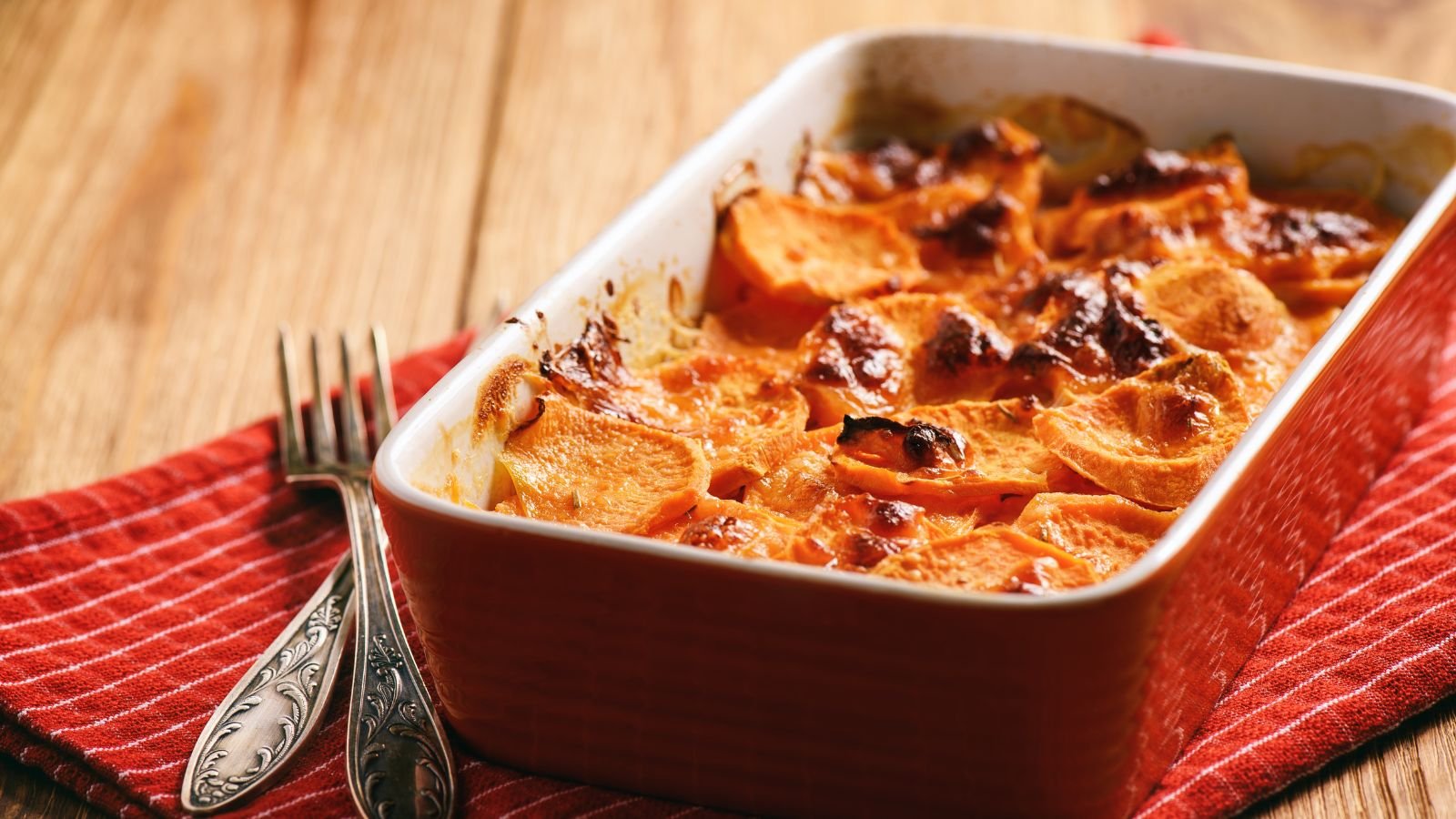Poverty meals, born from resourcefulness, were cheap, easy, and nutritious. But their legacy goes beyond affordability. These dishes became beloved staples, enjoyed for comfort and flavor across all social classes.
After much online research and matching it with the current food habits, our team has come up with a list of poverty meals that people still eat, regardless of their social class. So, let’s see what they are.
Rice and Beans

This simple dish consists of cooked rice and legumes, often seasoned with salt, pepper, and sometimes spices. Throughout history, rice and beans have been a staple food for the poor due to their affordability and long shelf life.
Even today, they remain a budget-friendly meal option, providing a complete protein source and complex carbohydrates for sustained energy. Their versatility allows for customization with vegetables, herbs, or hot sauce, making them a delicious and satisfying option for all social classes.
Grilled Cheese Sandwich

Melted cheese between two slices of toasted bread defines this classic comfort food. Originally a way to use leftover bread and cheese ends, it gained popularity during the Great Depression due to its affordability and ease of preparation.
Despite its humble origins, grilled cheese continues to be enjoyed by all for its simplicity, affordability, and ability to satisfy a cheesy craving. Variations include adding different cheeses, meats, or vegetables, keeping it relevant and interesting across generations.
Mac and Cheese

Traditionally made with macaroni noodles and a cheese sauce, this dish can be as simple or complex as desired. During economic hardship, a basic version made with inexpensive cheese and milk became a common meal. Its affordability, ease of preparation, and kid-friendliness continue to make mac and cheese a popular choice across social classes.
Modern variations incorporate gourmet cheeses, vegetables, or meats, showcasing its adaptability and enduring appeal.
Tuna Noodle Casserole

A casserole of cooked noodles, canned tuna, vegetables, and a creamy sauce defines this dish. Tuna was a cheap source of protein during the mid-20th century, and the casserole offered a way to stretch it into a family meal.
The convenience, affordability, and ability to utilize pantry staples make it a relevant meal option today. Variations include different noodle types, vegetables, and cheese, ensuring its continued presence on American tables.
Soup and Salad

Historically, the soup was a poor meal due to its ability to stretch ingredients. Leftover vegetables, meats, and broths could all be repurposed into a hearty soup. Salads were another affordable option, using fresh or canned vegetables tossed with a simple vinaigrette.
Today, soup and salad remain popular for those seeking a balanced and healthy meal. It offers a good mix of nutrients and can be customized with various ingredients to suit dietary preferences and budgets.
Peanut Butter and Jelly Sandwich

This globally renowned sandwich is made with peanut butter and jelly spread on two slices of bread. Peanut butter and jelly sandwiches were a staple poverty meal because both ingredients were inexpensive and offered a good source of protein and carbohydrates.
They were easy for children to make themselves, making them ideal for busy parents. Today, peanut butter and jelly sandwiches remain a popular lunch option for all ages. They are a convenient, portable, and affordable meal, with countless variations available depending on bread and jelly preferences.
Fried Rice

These Pan-Asian dishes use rice, vegetables, eggs, and sometimes meat. Fried rice was a poor meal in many cultures, including the United States, because it utilized leftover rice and vegetables, minimizing waste.
It offered a flavorful and filling meal without requiring expensive ingredients. Today, fried rice remains a popular choice for its versatility and affordability. It can be easily customized with various vegetables, proteins, and sauces, making it adaptable to different tastes and dietary needs.
Hamburger Helper

This boxed meal kit features dehydrated ground meat flavoring, pasta, and sometimes vegetables. Hamburger Helper was a poverty meal because it offered a seemingly complete meal at a low cost. It required minimal preparation, making it ideal for families with limited time or cooking skills. While not considered a gourmet option, Hamburger Helper remains a popular choice for its convenience and affordability.
It offers a familiar taste and can be easily customized with additional ingredients for a complete meal.
Breakfast for Dinner

This playful twist on traditional mealtimes involves enjoying breakfast foods for an evening meal. During economic hardship, breakfast for dinner became a poverty meal because leftover breakfast items like pancakes, oatmeal, or cereal could be stretched into another meal. It was a budget-friendly way to avoid food waste and create a satisfying dish.
Today, breakfast for dinner offers a fun and nostalgic escape from routine meals. It’s a quick and easy option for busy nights, allowing for creativity with various breakfast favorites.
Pasta with Tomato Sauce

This classic combination features cooked pasta tossed with a flavorful tomato sauce. Pasta with tomato sauce was a poor person’s meal due to the affordability of its key ingredients.
Pasta is a cheap source of carbohydrates, while canned tomatoes provide a base for the sauce. It was a quick and easy meal for families on a limited budget. Even today, pasta with tomato sauce remains popular for its versatility and affordability. It can be easily customized with various vegetables, meats, or cheeses to create a satisfying and budget-friendly meal.
Eggs and Toast

This simple breakfast (or sometimes dinner) combines a fried or scrambled egg with toast. Eggs and toast were a poverty meal because both ingredients were inexpensive and readily available.
Eggs provided a source of protein, while toast offered carbohydrates for energy. It was a quick and easy meal, perfect for busy mornings or evenings. Despite their humble origins, eggs and toast remain a popular breakfast choice due to their affordability, versatility, and ability to be customized with various toppings or sides.
Potato Dishes

Mashed potatoes, potato soup, or fried potatoes are all examples of classic poverty meals in the US. These dishes were popular because potatoes were incredibly affordable, filling, and versatile.
They could be stretched further with milk, cheese, or inexpensive vegetables. While potatoes may not be considered fancy, they remain a staple in many households today. They are a budget-friendly source of carbohydrates and can be easily incorporated into various meals, offering a comforting and familiar element.
Beans on Toast

This simple dish features canned beans spooned over toasted bread, sometimes with cheese or hot sauce added for extra flavor. Beans on toast was a poverty meal for its affordability and ability to create a filling meal with minimal ingredients.
Canned beans were a cheap source of protein and fiber, while toast provided carbohydrates. Today, beans on toast remain popular for their budget-friendly nature, ease of preparation, and potential for vegetarian or vegan adaptations. It offers a satisfying and flavorful meal that can be easily customized to taste preferences.
